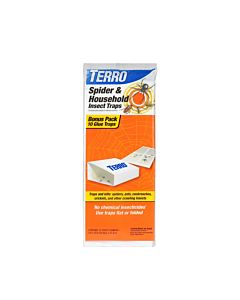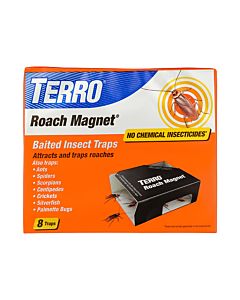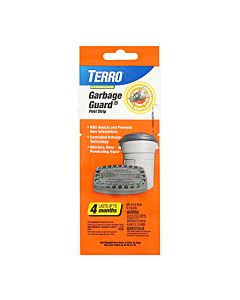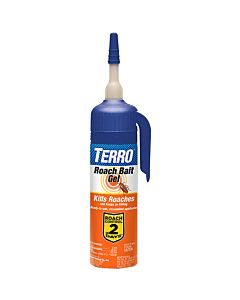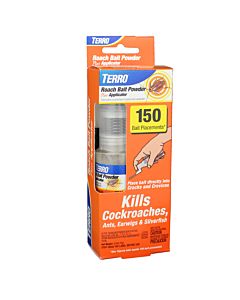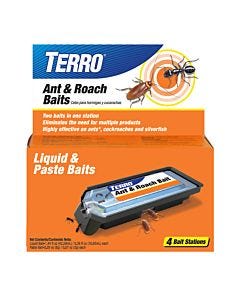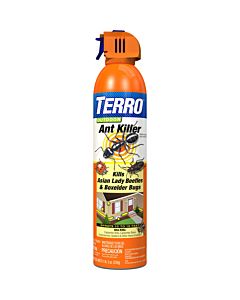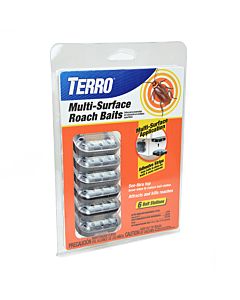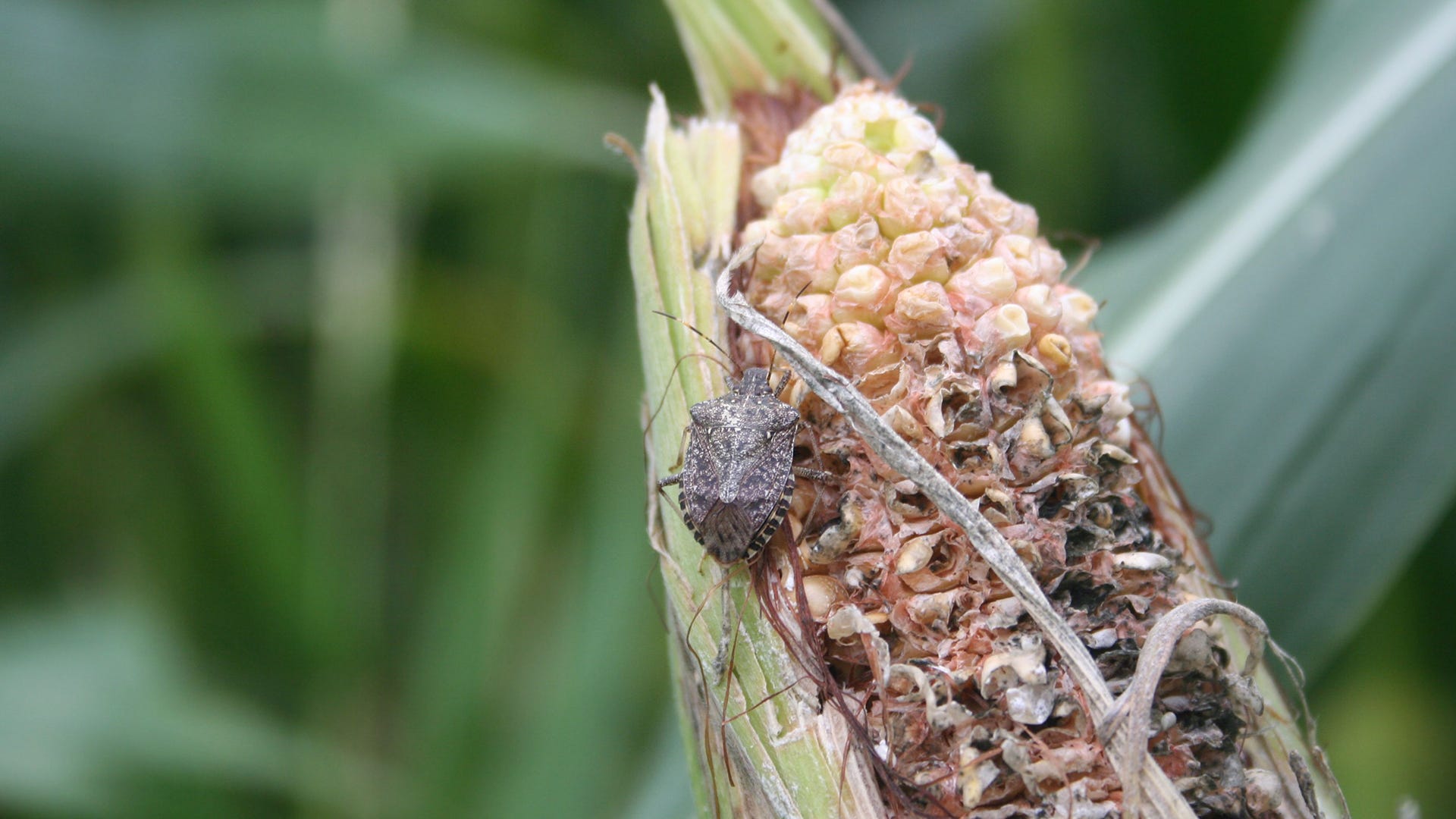One of the most common home infestations that can occur – and one of the hardest to get rid of – is a roach infestation. These pests go all over your house and multiply quickly. If you don’t get a handle on the situation early on, you could find yourself in over your head with an overwhelming pest problem. Recognize the early signs of cockroach infestations and learn how to get them out of your house, plus more, here.
Nobody Likes Roaches So Stop Them Now
Signs of a Roach Infestation
Because roaches are nocturnal creatures, you might not see them during the day. However, they leave evidence behind when they are active at night that you might notice in the morning. One of the common indicators of cockroaches is finding their feces. Often small and black, they look like coffee grounds. The more droppings you see, the bigger the infestation.
Another way that you can identify roaches is by their smell. They have a very distinct odor that smells musty or oily. The more time that the roaches are there, the more prominent the smell will become. Cockroaches will also leave behind eggs – sometimes up to a dozen at a time. Finding all these signs together might indicate that a nest of roaches is nearby, and you should be on the lookout for these signs moving to other places of the house.
Types of Roaches
The first thing you should do when you notice a roach infestation is to identify what kind of roaches are in your house. There are different species of roaches, meaning that there might be unique treatment methods. Along with different species, roaches come in a variety of sizes as well, with the most common “small” adult roach being the German Cockroach. As for larger adult roaches, the most common is the American Cockroach.
German Cockroaches are a light-brown golden color and get to be about an inch and a half to an inch long. This roach is one of the more common species found behind sinks, stoves, and refrigerators. You can also find this pest in the drains of sinks in kitchens or bathrooms. These roaches have a high chance of carrying bacteria and diseases.
American Cockroaches are about an inch and a half or longer. They are typically reddish and are also known as water bugs or palmetto bugs. American roaches are active in the warmer spring, summer, or fall months. These roaches breed outdoors and look for food and water inside houses. Woodpiles, attics, hollowed trees, under roof shingles, and basements are usual places that you might find these roaches. Sometimes, they can occur behind a wall if it has a water leak and is a moist environment. Unlike the smaller roaches, these pests aren’t as big of a health concern – although they can carry bacteria into your house from the sewers.

Life of a Roach
The lifecycle of a roach is three stages. Roaches can live up to a month without any food, so it’s vital to understand their lifecycle to prevent them from infesting further. Cockroaches will lay eggs in warm, secluded spots. With their eggs looking like leather capsules, they can lay up to 10-50 eggs at once. These eggs are usually located under sinks, appliances, furniture, pantries, and other places around your house that aren't easily accessible.
It takes roaches about a month or two to hatch, and female roaches can lay eggs multiple times a year. Typically, the higher the temperature the faster the eggs hatch. The next stage is the nymph stage. After hatching, they will start to shed and malt, leaving behind old shells. During this time, they could damage property and taint food with bacteria. This stage will last from one to three months.
Finally, after their last molt, they will reach their adult stage. This is when females will start reproducing, and the infestation can rapidly spread when you have multiple adult cockroaches in your home.
Fighting a Roach Infestation
Once you’ve figured out you have a roach problem in your house, there are certain things that you can do to help stop the infestation from growing and get rid of the ones already present.
- Identify Infestation Location – when you first see signs of these critters in your house, make sure you follow the trails and evidence, finding their central nest or resting spot.
- Remove Food and Water Sources – make sure that any crumbs or leftover food in the kitchen get swept up or concealed. If stagnant water is on the ground, it’s a good idea to clean it up and keep your home as dry as possible.
- Stop the Infestation from Growing – one way to stop more cockroaches coming into your house is by identifying ways that they get in. Seal cracks, check pipes and make sure there aren’t any entry points in the foundation of your house.
- Baits, Traps, and Pesticides – by implementing TERRO® Roach Magnet® traps, TERRO® Roach Bait Gel, TERRO® Ant & Roach Baits, and TERRO® Home Pest Control specifically for roaches, you can help stop the infestation in the tracks. With a wide variety of products, TERRO® has different solutions that will make it easier to defend your home against these critters.
Preventing Roaches
After you get rid of your infestation, you can take preventative measures to ensure that you won’t have to face a roach problem again. There are simple ways that you act before it becomes too late to handle it by yourself.
- Clean your Home Regularly – by vacuuming frequently and getting rid of clutter, it makes it harder for roaches to find food and other hiding places.
- Regularly Check Your Pipes and Drains – by checking places where water might leak out and fixing them as soon as you start noticing the water leaking, you can stop it from attracting roaches.
- TERRO® Home Pest Control – spray around the perimeter of your home to kill roaches and a variety of other insects on contact. This eliminates the threat of a roach infestation before it can even start.

Learn More
Here at TERRO®, we want to help you stop insects from entering your home. Tell us how you defend your property from cockroaches and other insects on our Facebook Page. Plus, stay up to date with the latest products to keep your house free from pests and get information that you can use to help protect yourself from invasions by subscribing to our enewsletter.


